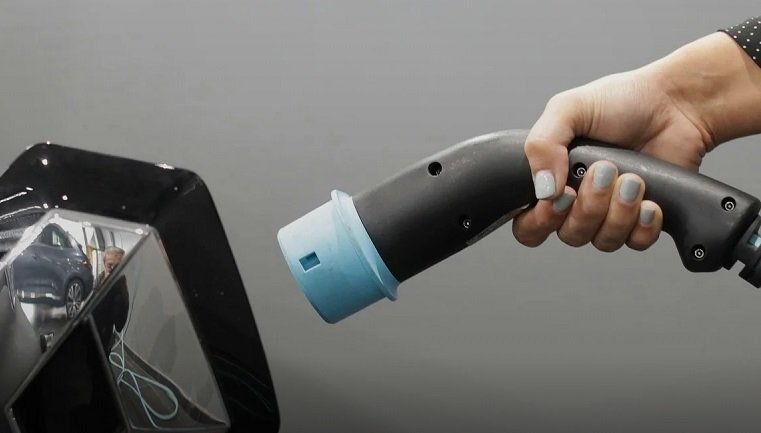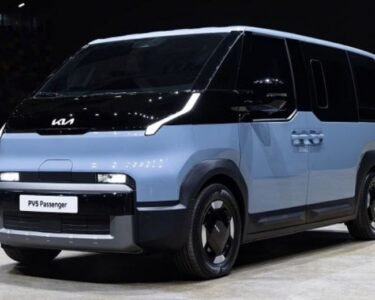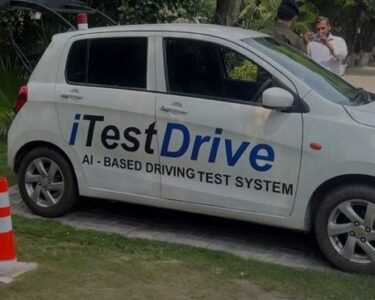In a potentially game-changing move for the electric vehicle (EV) industry, Huawei has recently filed a patent for a sulfide-based solid-state EV battery. This innovative technology claims an astonishing driving range of up to 2,000 miles and a staggering five-minute full charge.
Sulfide-Based Solid-State Batteries: A Big Leap Forward
Solid-state batteries—using a solid electrolyte instead of liquid—can deliver much higher energy density, enhanced safety, and longer life. The Huawei patent focuses on a sulfide electrolyte design that promises to double or even triple the performance of today’s lithium-ion cells. While ultra-fast charging remains theoretical due to current infrastructure, the innovation has generated substantial attention from global automakers and policymakers.
China’s Patent Powerhouse in Action
China has emerged as a dominant force in solid-state battery research. Companies like BYD, Xiaomi, CATL, and WeLion are heavily investing in this technology. In fact, Chinese firms have filed more than 7,600 solid-state battery patents, far outpacing competitors in Japan and South Korea.
Notably:
- WeLion, backed by Huawei and Xiaomi, is developing sulfide and semi-solid electrolyte batteries with ambitious production targets.
- BYD plans small-scale production by 2027, moving to mass production by 2030.
- CATL aims for lab-scale 500 Wh/kg sulfide batteries and commercial output by 2027.
Large-scale adoption of all-solid-state batteries may not happen until after 2030, but early demonstration use is expected around 2027.
Technical Advantages & Challenges
Solid-state batteries offer energy densities beyond 500 Wh/kg, compared to current lithium-ion cells averaging 200–300 Wh/kg. They also reduce fire risk and enhance thermal stability—major advantages in EV safety.
However, hurdles remain:
- Interface fatigue and dendrite growth in solid electrolytes can limit cycle life.
- High costs and manufacturing complexities persist until economies of scale mature.
Global Implications for EV Market
Huawei’s patent marks a bold stride toward ultra-high-range EVs. While five-minute charging needs new fast-charging infrastructure, the potential to drive 2,000 miles on a single charge could revolutionize long-distance travel.
China’s focus on solid-state batteries, supported by government-industry alliances and tech leaders, positions it to shape the future EV landscape. With infrastructure and global competition catching up, Huawei’s innovation adds serious momentum to the race.
Huawei’s patented sulfide-based solid-state EV battery is a landmark in EV tech. Coupled with China’s massive R&D and patent output, it’s setting the stage for a future where EVs charge in minutes and travel thousands of miles—dramatically reshaping transportation, infrastructure, and global energy dynamics.
Disclaimer:
The information provided in this article is based on publicly available sources and patent filings as of the publication date. While the developments mentioned, including Huawei’s claimed battery capabilities, are promising, some specifications such as a 2,000-mile range and five-minute charging remain theoretical and are subject to further testing, technological feasibility, and infrastructure readiness. The article does not constitute investment, technical, or legal advice. Readers are encouraged to follow official announcements from Huawei and related entities for verified updates.






